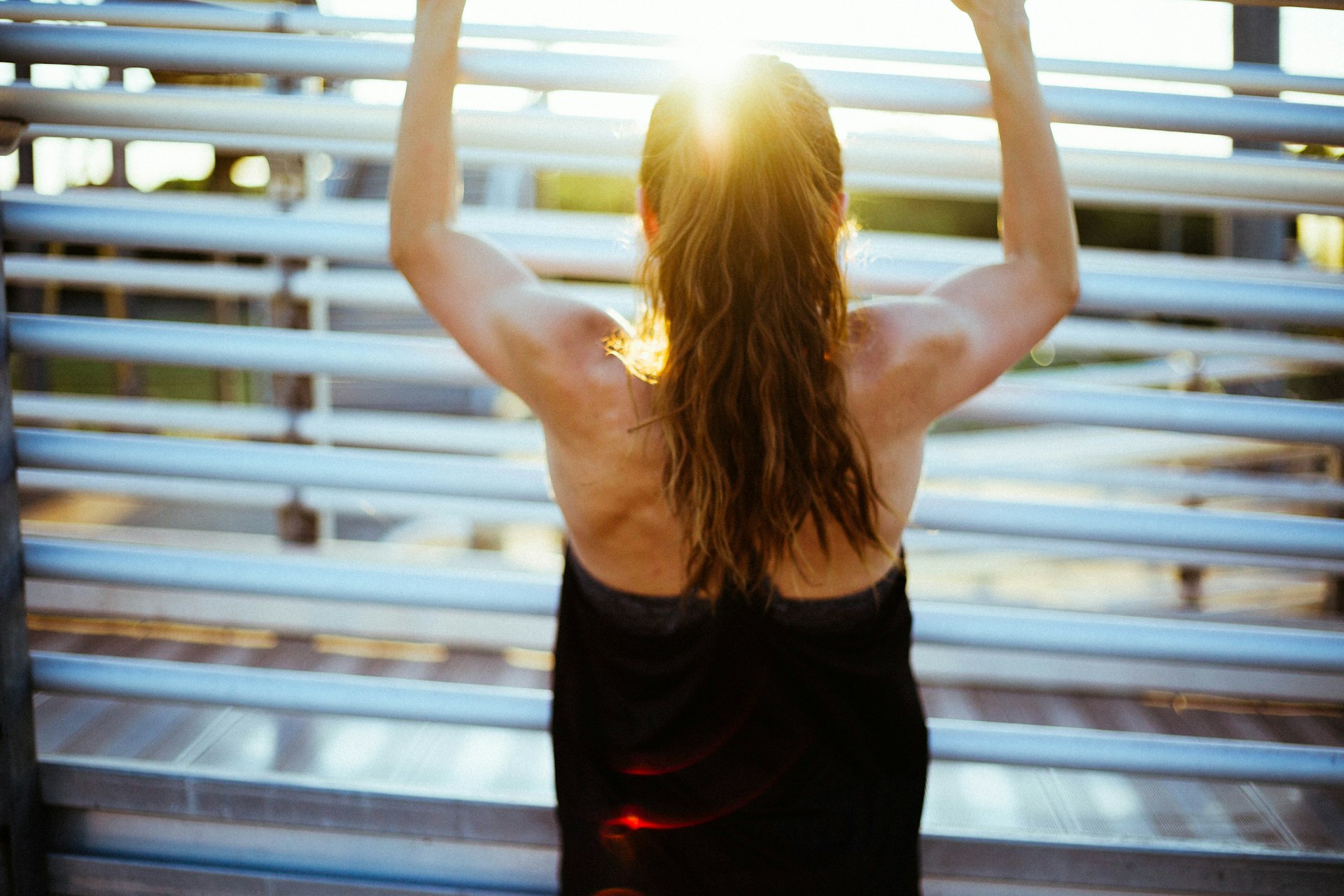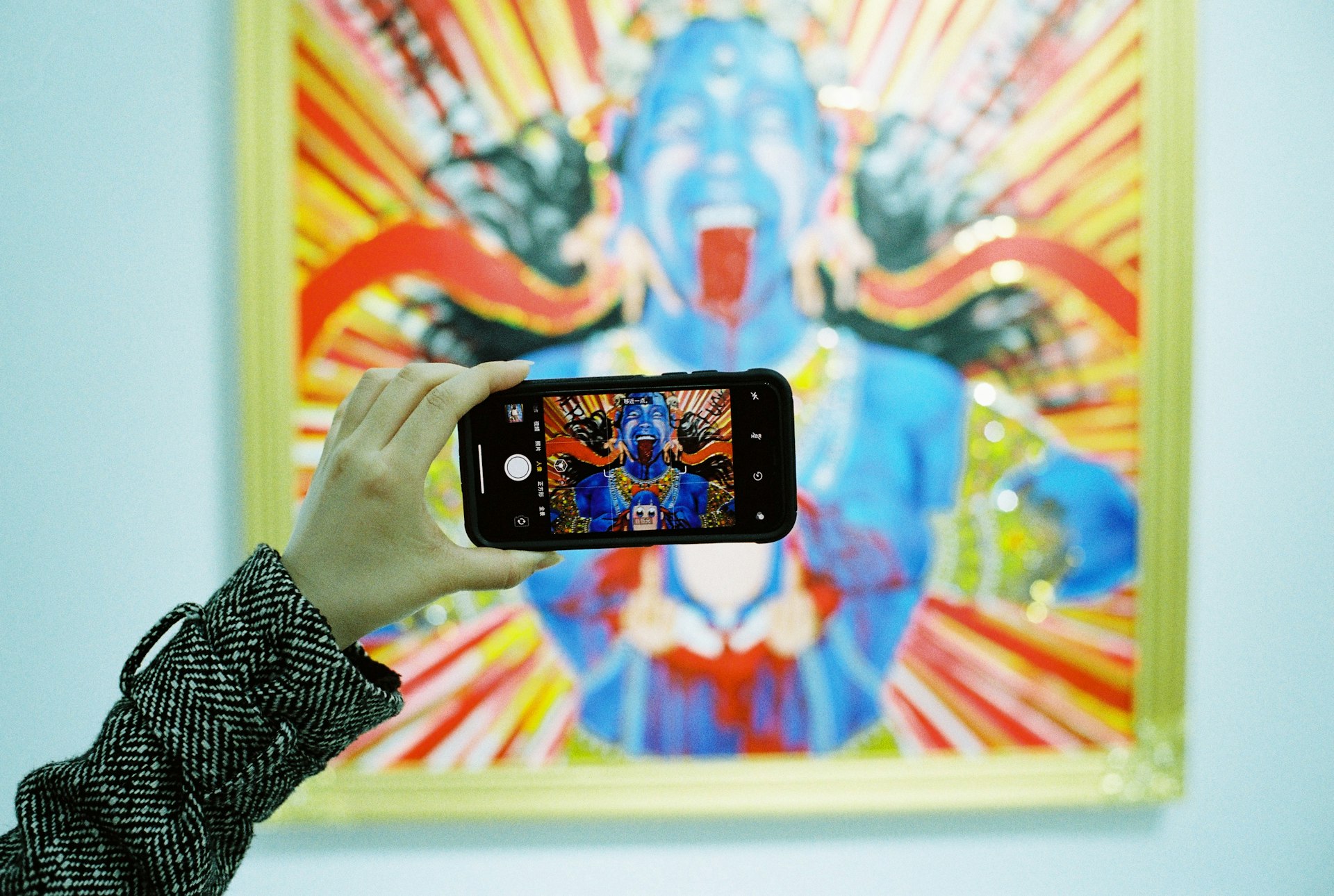Understanding and Reducing the Impact of Blue Light on Sleep Quality

Photo by Ethan Da Silva on Unsplash
Introduction
Our modern lifestyles increasingly expose us to blue light, especially from electronic devices such as smartphones, laptops, and LED lighting. While blue light is a crucial component of natural daylight and helps regulate our sleep-wake cycles, excessive or poorly timed exposure can disrupt sleep quality. Understanding the science behind blue light’s impact on sleep, and knowing how to manage exposure, can empower you to make informed decisions for better rest and overall well-being.
What Is Blue Light and Why Does It Matter?
Blue light is a high-energy part of the visible light spectrum. Most blue light exposure comes from the sun, which is vital for keeping our internal clocks, or circadian rhythms, in sync with the environment. This natural exposure during daytime hours increases alertness, elevates mood, and enhances cognitive performance [4] . However, artificial sources-like screens and LED bulbs-emit blue light at times that may not align with our natural rhythms, particularly in the evening.
The Connection Between Blue Light and Sleep Quality
Research shows that blue light can delay the production of melatonin , a hormone essential for feeling sleepy and maintaining a healthy sleep cycle [5] . Exposure to blue light, especially in the two to three hours before bedtime, can make it difficult to fall asleep, shorten total sleep time, and reduce overall sleep quality. For example, studies found that blue light exposure at night suppresses melatonin twice as much as green light and shifts circadian rhythms by up to three hours [5] .
However, some recent findings suggest that the relationship may be more nuanced. A systematic review noted that while blue light often decreases tiredness and sleep efficacy, its effect on total sleep quality and duration is not always consistent across studies. In some cases, blue light exposure improved alertness and cognitive performance, but this can come at the expense of restful sleep if exposure occurs late in the day [1] .
Real-World Examples and Case Studies
Consider the case of individuals who use handheld devices extensively before bed. Surveys indicate that many people engage with phones or tablets in bed, leading to reduced sleep quality, difficulty with memory and concentration, and increased daytime sleepiness [3] . In contrast, people who limit evening blue light exposure or use blue light filters often report better sleep efficiency and improved mood.
For shift workers or those with circadian rhythm disorders, strategically timed blue light therapy can help realign sleep schedules and improve restfulness. This demonstrates that while blue light can disrupt sleep, it can also be harnessed for positive outcomes when used correctly [4] .
Steps to Minimize Blue Light Impact on Sleep
1. Adjust Evening Lighting
To reduce blue light exposure in the hours before bedtime, consider the following strategies:
- Dim household lighting after sunset, and use warm-colored bulbs when possible.
- Avoid screens (phones, tablets, computers, TVs) for at least 1-2 hours before bed.
- If you must use devices, enable “night mode” or “blue light filter” settings. These features are built into most modern smartphones and computers.
- Specialty blue light blocking glasses may help, but consult an optometrist for guidance before purchase.
2. Establish a Healthy Bedtime Routine
Good sleep hygiene can counteract some of the negative effects of blue light. Try these steps:

Photo by Maxim Shklyaev on Unsplash
- Set a consistent sleep schedule, aiming for the same bedtime and wake-up time every day.
- Engage in relaxing activities before bed, such as reading (with a non-backlit e-reader or paper book), meditation, or gentle stretching.
- Keep your bedroom dark, cool, and quiet. Consider blackout curtains or a sleep mask if outside light is an issue.
3. Leverage Daytime Blue Light
Exposure to natural sunlight or bright light in the morning helps reinforce healthy circadian rhythms. Whenever possible:
- Spend time outdoors during the day, especially in the morning.
- If natural light is limited, consider a light therapy lamp designed for circadian regulation. Consult your healthcare provider or a sleep specialist for recommendations.
Potential Challenges and Solutions
Many people struggle to reduce screen time due to work, study, or entertainment needs. If you find it difficult to limit evening device use, try scheduling “device-free” periods, setting reminders to wind down, or using apps that block blue light or even restrict access to certain apps after a set hour.
Families with children may need to establish household rules about device use before bed. Encourage activities that do not involve screens in the evening, such as board games or storytelling.
Alternative Approaches
If direct reduction of blue light exposure is not feasible, alternative strategies include:
- Using amber-tinted or red lighting in the evening, which has a lesser effect on melatonin suppression.
- Monitoring and improving overall sleep hygiene, including limiting caffeine, exercising regularly (but not too close to bedtime), and managing stress.
- Seeking guidance from a sleep medicine specialist for persistent sleep problems. You can find board-certified specialists by searching for “sleep medicine clinic” along with your city or region, or by asking your primary care provider for a referral.
Accessing Additional Resources and Support
If you wish to learn more about the impact of blue light on sleep or need help improving your sleep quality, consider these steps:
- Visit the Sleep Foundation website for in-depth articles and practical tips. Search for “blue light and sleep” on their homepage.
- Consult your healthcare provider or a sleep specialist for personal guidance. If you need to find a provider, you may search “sleep medicine specialist near me” or use your health insurance directory.
- Many universities and hospitals have sleep centers offering educational materials and consultations. Look up major hospitals or academic medical centers in your area and search for their sleep medicine department.
For the latest research, consider searching PubMed or reputable journals for terms like “blue light exposure and sleep quality.” Always ensure information comes from recognized medical or scientific organizations.
Key Takeaways
Blue light plays a double-edged role in our lives-beneficial during the day for alertness and mood, but potentially disruptive to sleep when exposure occurs in the evening. By understanding how blue light affects sleep quality and implementing practical strategies to manage exposure, you can enjoy better rest and improved well-being. If you continue to struggle with sleep despite these changes, seek advice from a qualified healthcare professional for further evaluation.
References
- [1] Silvani, M. I. et al. (2022). The influence of blue light on sleep, performance and wellbeing. Frontiers in Physiology.
- [2] Medical News Today (2023). Blue light may not disrupt your sleep after all, researchers say.
- [3] Siraji, M. A. et al. (2023). Light exposure behaviors predict mood, memory and sleep. Scientific Reports.
- [4] Sleep Foundation (2023). Blue Light: What It Is and How It Affects Sleep.
- [5] Harvard Health Publishing (2020). Blue light has a dark side.



